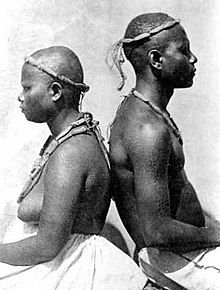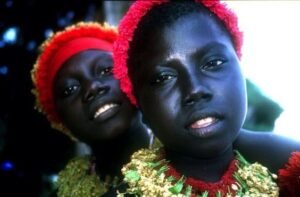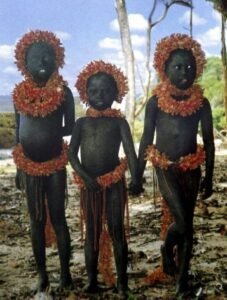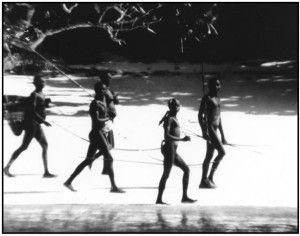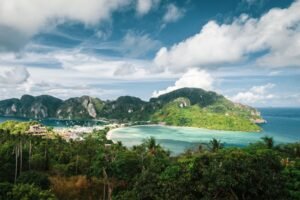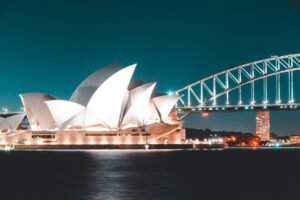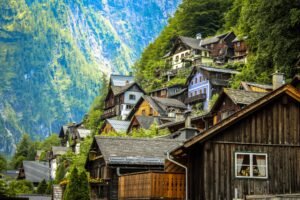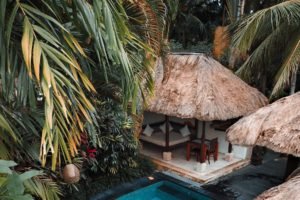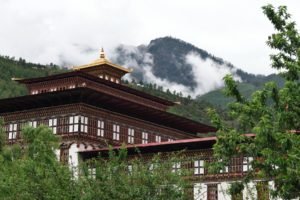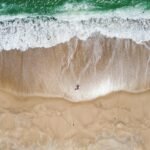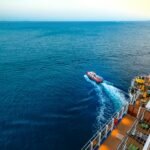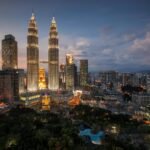The Andaman and Nicobar Islands are not only fascinating tourist destinations but are also home to the aboriginal indigenous tribes. The indigenous people of the Andaman and Nicobar Islands are divided mainly into six tribes, four belonging to the Andaman Islands and the other two belonging to the Nicobar Islands.
The Great Andamanese, the Onge, the Jarawa, and the Sentinelese form the four Negrito tribes of the Andaman Islands while the Shompen and Nicobarese tribes, also classified as the Mongoloid tribes belong to the Nicobar Islands.
Each of the tribes has its own history and path of evolution that has spanned thousands of years. As tourists, we often overlook the historical and cultural significance that these indigenous tribes hold and downplay the importance of the original inhabitants of these islands.
Here is an insight into the tribes of the Andaman and Nicobar Islands.
Negrito Tribes of the Andaman and Nicobar Islands
The Negrito tribes are mainly four in number and consist of the Great Andamanese, the Onge, the Jarawa, and the Sentinelese tribes. It is believed that the Negrito tribes came to the Andaman Islands some 60,000 years ago, all the way from Africa. The Negrito tribes are also believed to live a nomadic lifestyle and are dependent on the flora and fauna of the region as their source of food.
The 4 Negrito tribes of the Andaman Islands are-
-
The Great Andamanese-
One of the indigenous groups of the Andaman Islands, the Great Andamanese today has been reduced to a population of 59 as per the 2020 census. While very little is known about the tribe, it is believed that they have suffered a huge blow in their population due to the process of colonization. 18th-century records have shown that they had a population of 5000-8000 and their resistance to the entry of the British had a long-spanning history. History has immortalized this war between the Great Andamanese and the British as the Aberdeen War. Today they thrive in few numbers and live on the straight Island in the Andamans.
-
The Onge-
The Onges are also another indigenous Negrito tribe of the Andaman Islands and reside near little Andaman’s Dugong Creek. Apart from the Great Andamanese, the Onges have also suffered considerably at the hands of the British due to the process of colonization. Today their population hovers around the 100 mark and suffers one blow after another due to the constant poaching of their native lands. However, the government has made efforts to protect the indigenous tribes and have been known to be in touch with them
-
The Jarawa-
While stories about the Jarawas run high and mighty in popular culture, it is believed they are one of the significant indigenous Negrito tribes in the Andaman Islands. Residing in Middle Andaman’s Baratang area, their native place is always at the threat of the highway running through their forest. The Jarawas are also believed to be an independent group and their lifestyle is dependent on hunting and gathering.
-
Sentinelese-
The Sentinelese have acquired popularity all over the world due to their isolated location and hostile approach to the outsiders. Known to be the toughest to reach, the Sentinelese have time and again showed their preference to be cut off from mainland civilization. While the Indian government has also made efforts to contact them, attempts have gone in vain. The Sentinelese are distrustful of any contact from outside and have kept visitors away with warnings of arrows.
Mongoloid Tribes of the Andaman and Nicobar Islands
The Mongoloid tribes are largely two in number- the Nicobarese and the Shompen. They are believed to have come from the Malay and Burma regions of South Asia. While the Nicobarese are relatively well in number, the Shompen people today exist in a population of 380. The Nicobarese are also well in contact with the outside world and have mainly converted to Christianity. In contrast, the Shompen remain as hunter-gatherers with limited contact with the mainland civilization.

